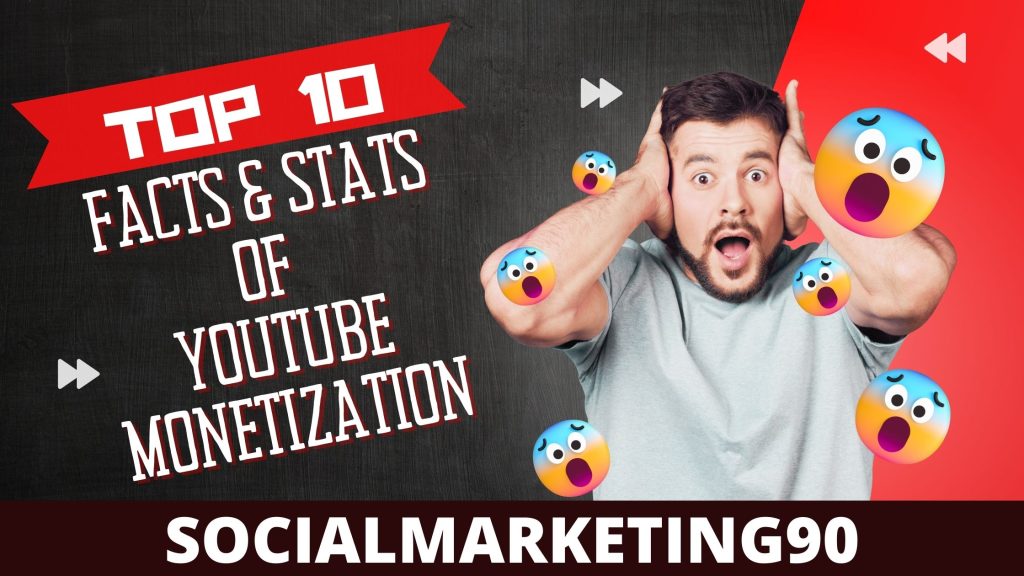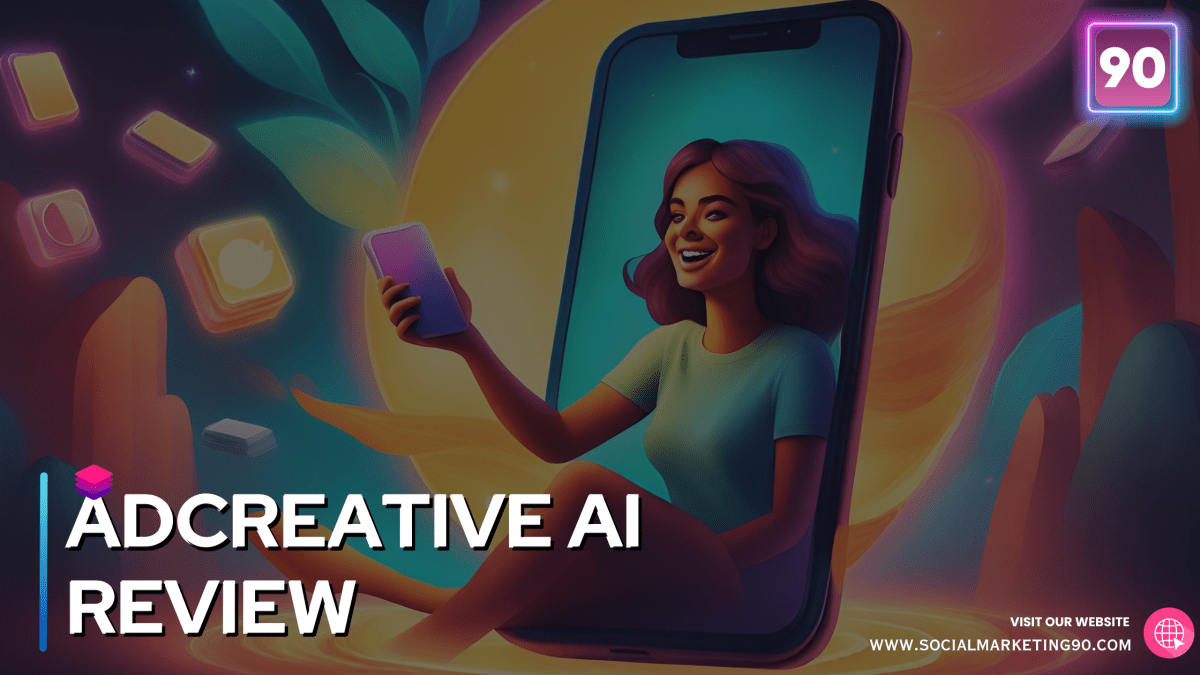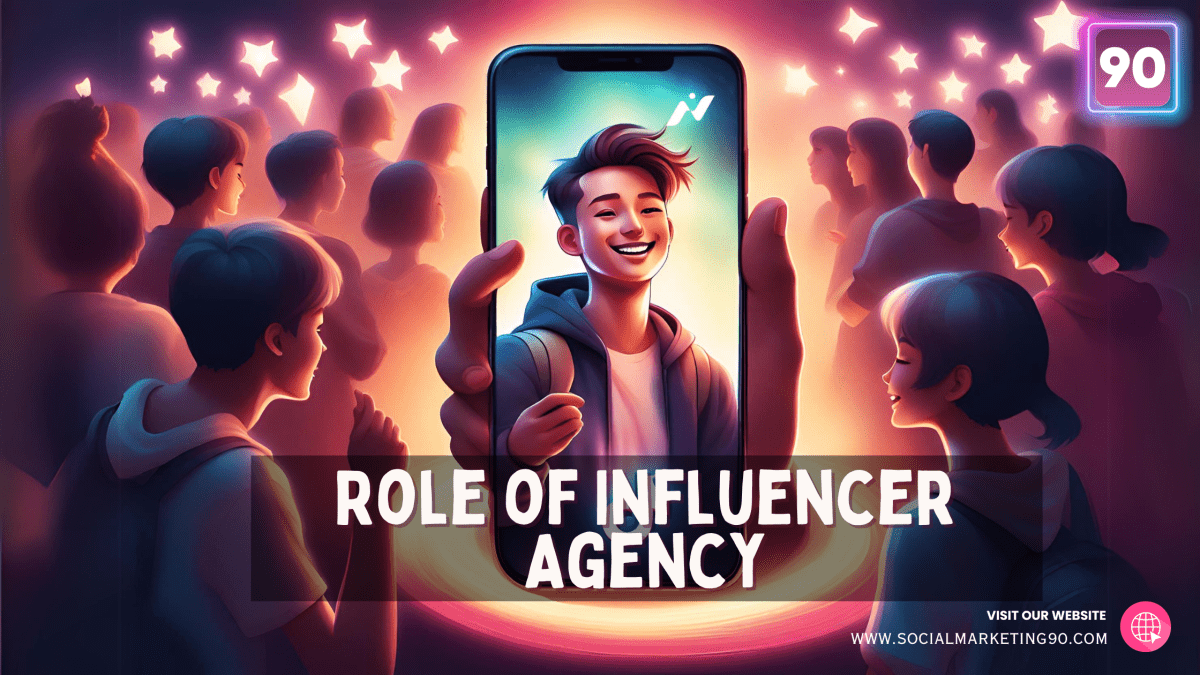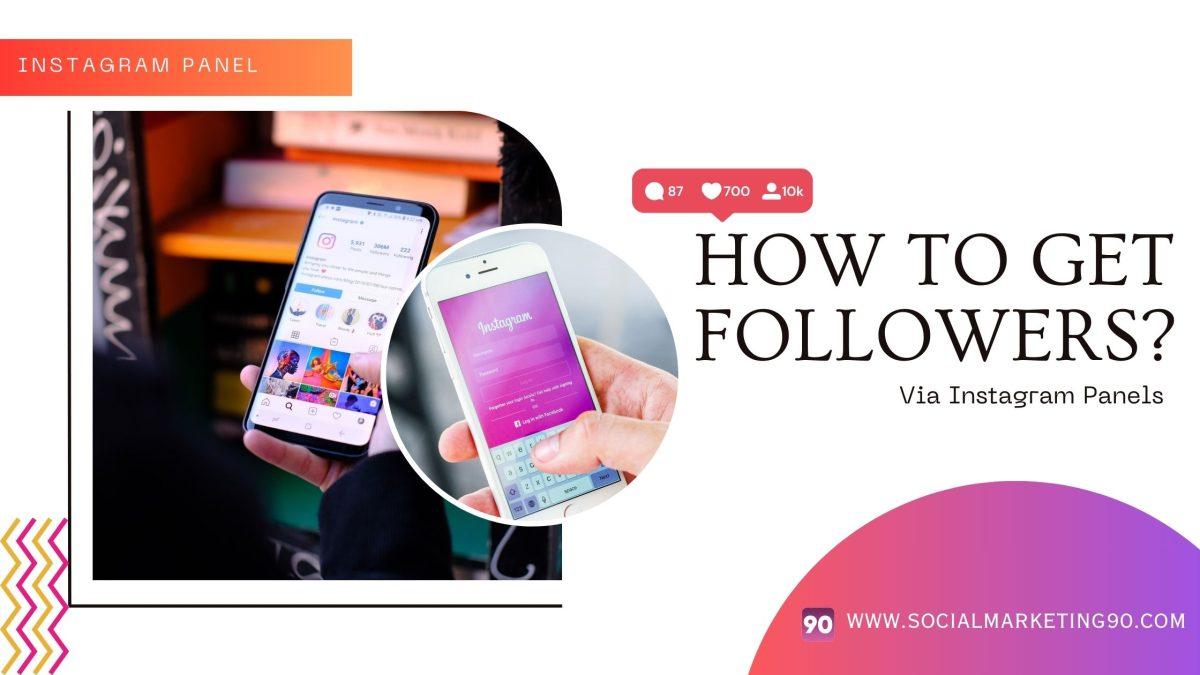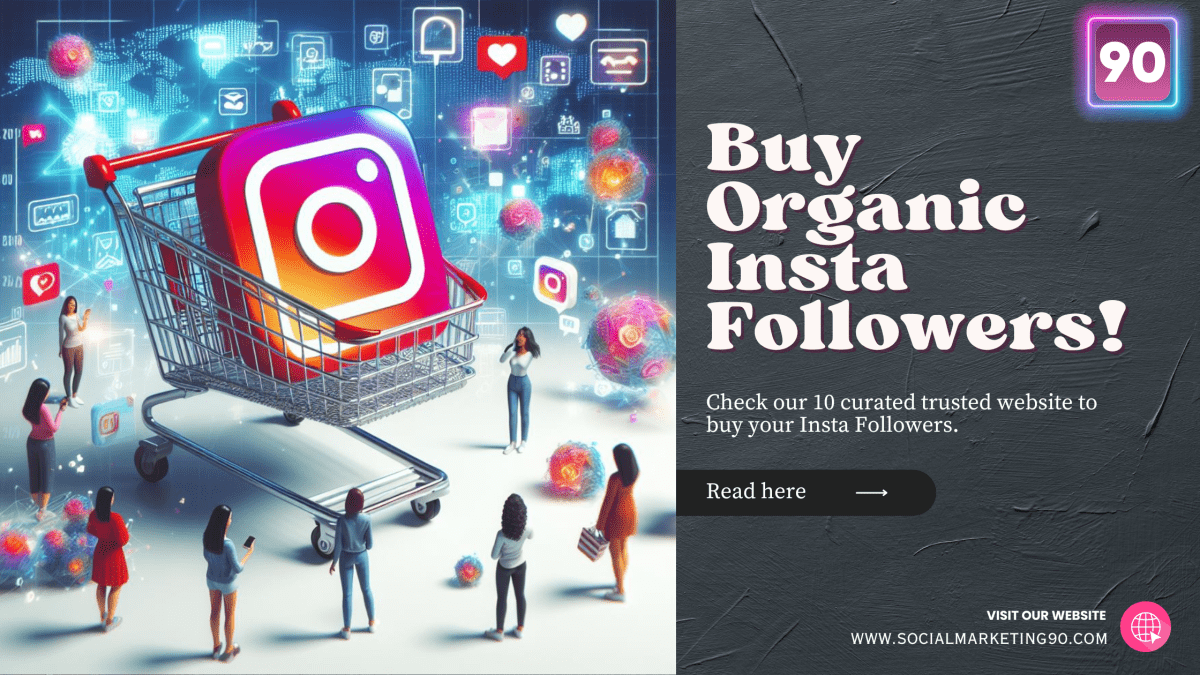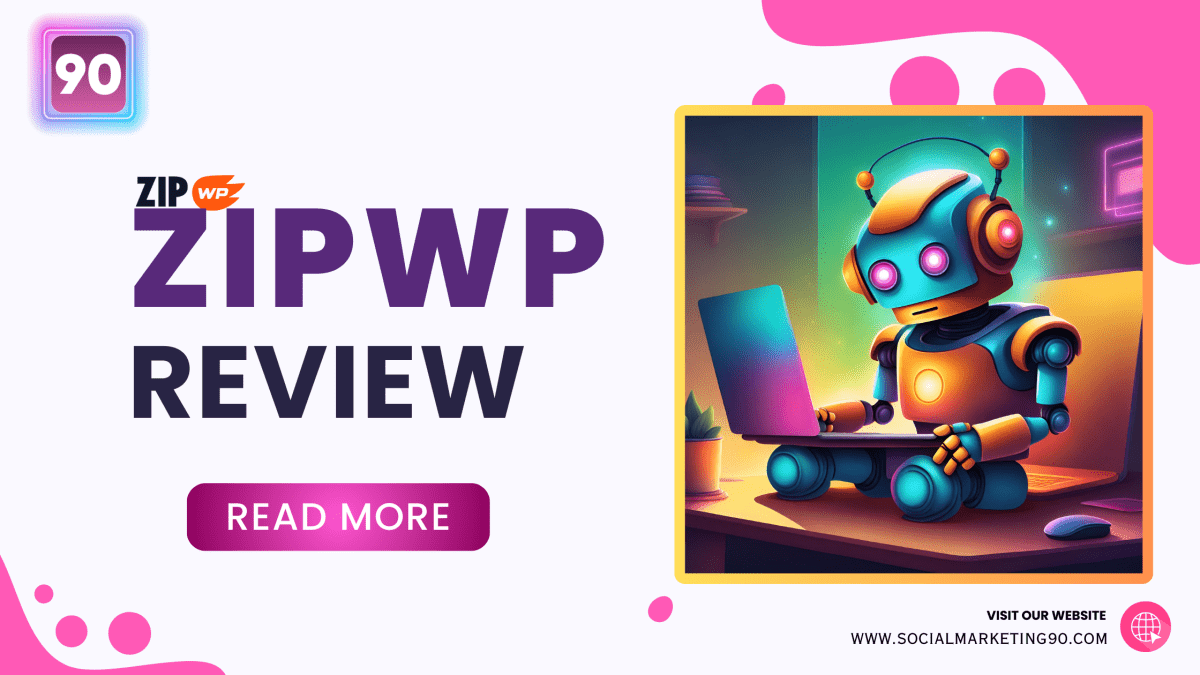Introduction
There are many Social Networking sites available online nowadays, and YouTube is one of the most popular among them.
It has become a terrific platform for people to showcase their talents and earn money via video content.
But, being part of the YouTube Partner Program (YPP) is necessary for many content creators looking to make money from their videos.
In 2023, YouTube monetization is more popular than ever before, since the amount of active YouTube users has reached new heights.
There are currently over 2 billion monthly active users on YouTube, and this number is expected to grow even further as we speak.
And also the average revenue per thousand views (RPM) from YouTube monetization has increased significantly over the past few years.
In fact, back in 2020 the average RPM was around $2.50, but it has reached an average of 3.50 in 2023.
This means that content creators can earn more money from their videos, and the YPP attracts more and more people who want to take a slide of this huge money cake.
With this introduction in mind, let’s see 10 Facts and Info about the YouTube Partner Program. Let’s start!
Top 10 Facts and Stats of YouTube Monetization
Let’s have a look at 10 Youtube Partner Program Stats and Facts of 2023.
#1 Creators will now be compensated for their Shorts! (since February 2023)
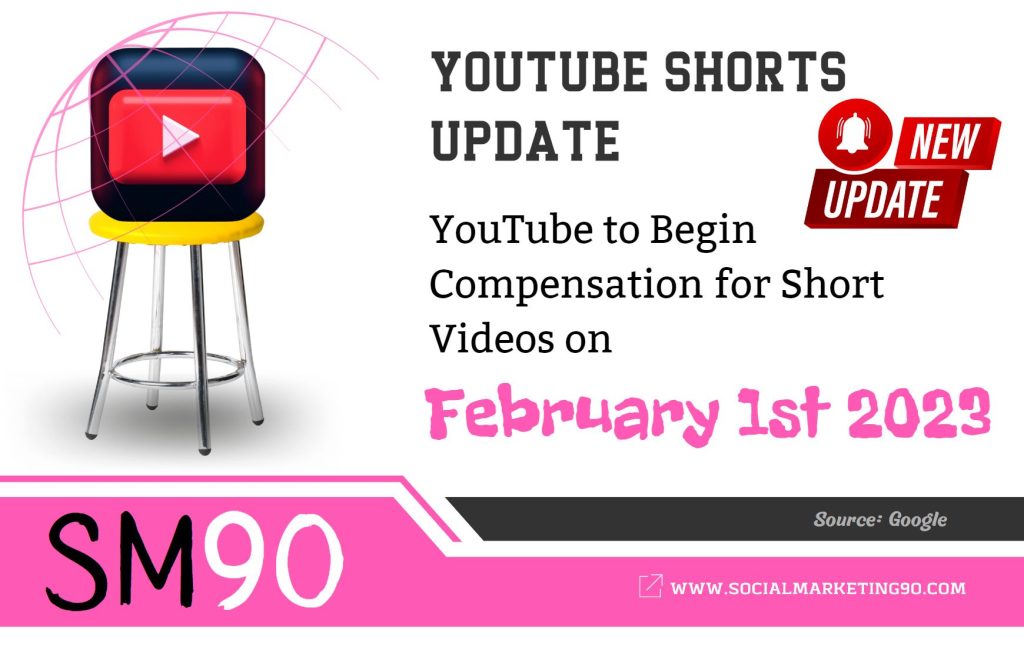
This exciting news means that creators who produce short-form video content, known as Shorts on the platform, will now be able to earn money through YouTube Partner Program (YPP), just like creators of traditional longer-form videos.
This is a significant step for YouTube in recognizing the growing popularity and importance of short-form video content and the effort put in by creators to produce them.
This opens up new opportunities for creators to earn income and continue creating high-quality short-form content that their audience loves!
The update became effective starting february 1st, 2023.
#2 The YouTube Partner Program allows creators to monetize their videos on the platform by displaying ads and earning revenue from them
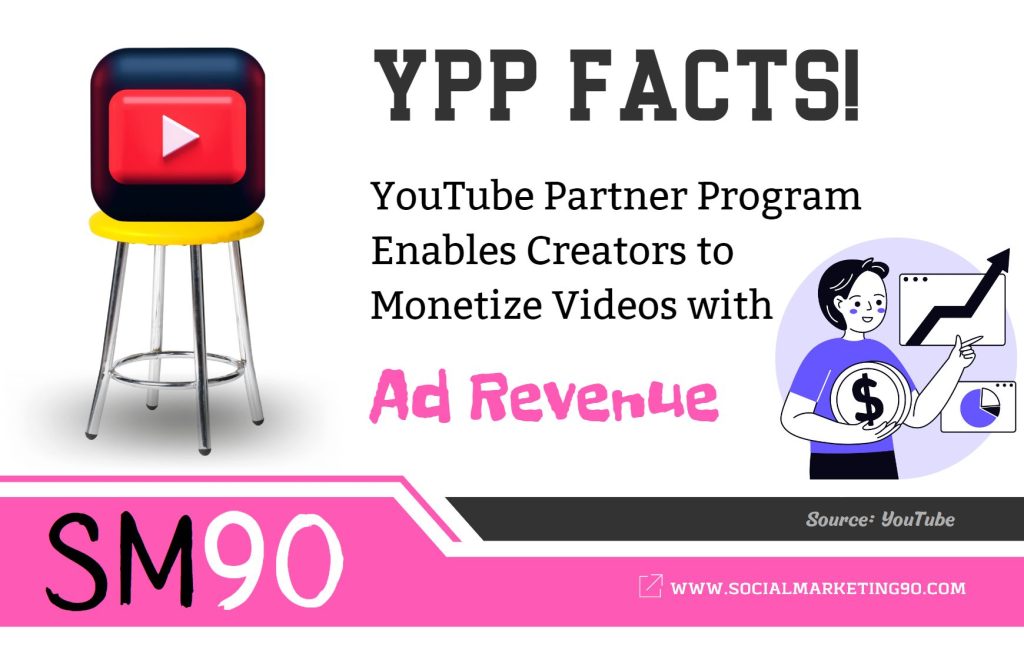
The YPP – or YouTube Partner Program – is a program that allows creators who produce videos on the platform to monetize their content by displaying ads and earning revenue from them.
This monetization method is a way for creators to be rewarded for their hard work and creativity, while also allowing them to continue to create and upload new content.
#3 In order to join the program, creators must meet a set of criteria, including having at least 1,000 subscribers and 4,000 watch hours in the past 12 months
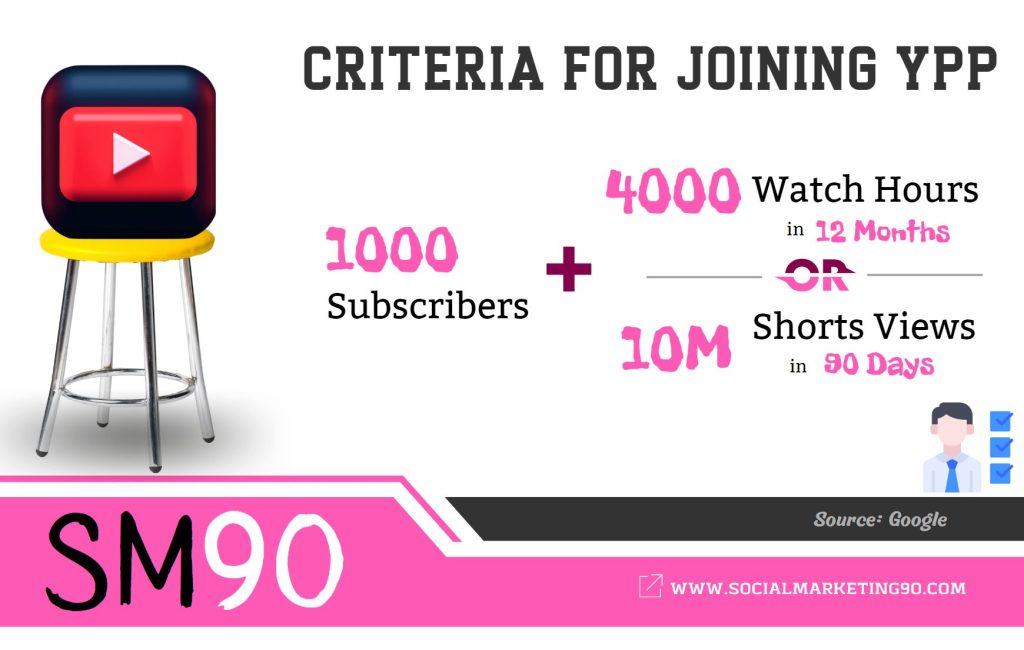
To join the YouTube Partner Program (YPP), creators must meet certain criteria set by YouTube.
One of the key requirements is that creators must have at least 1,000 subscribers on their YouTube channel.
Additionally, creators must have accumulated 4,000 watch hours on their channel within the past 12 months.
This requirement is designed to ensure that creators have a sizable and engaged audience before monetizing their content.
According to YouTube, these criteria are set to maintain the a higher quality of content, which will lead to a better user experience for the end-users.
#4 YouTube takes a 45% cut of the revenue generated by ads on creators' videos
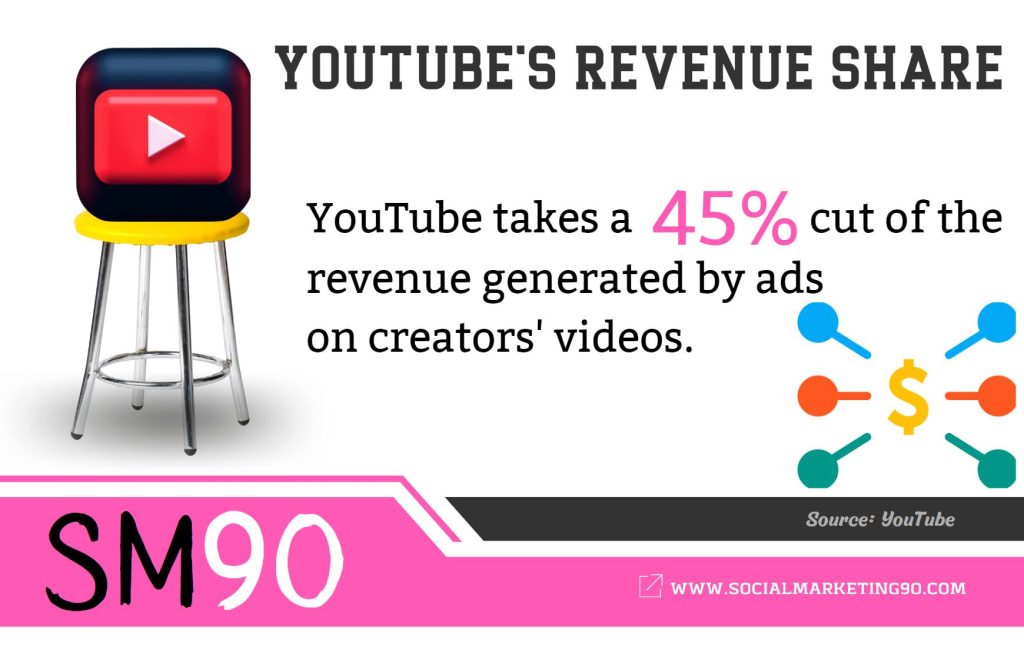
When creators join the YPP and start displaying ads on their videos, YouTube takes a cut of the revenue generated from those ads. The percentage of revenue that YouTube keeps is 45%, while the remaining 55% goes to the Creator.
This revenue-sharing model is standard across the industry, where platforms like YouTube provides creators the platform and audience. At the same time, they take a percentage of the revenue to cover their own costs and as a way to make a profit.
This is how YouTube is able to provide creators with an easy way to monetize their content while also allowing the platform to generate revenue and be free for everyone.
We could say that, this way, creators can focus on creating content while YouTube handles the advertising and monetization aspect of it.
#5 Creators can also earn money through sponsorships, merchandise sales, and Super Chat
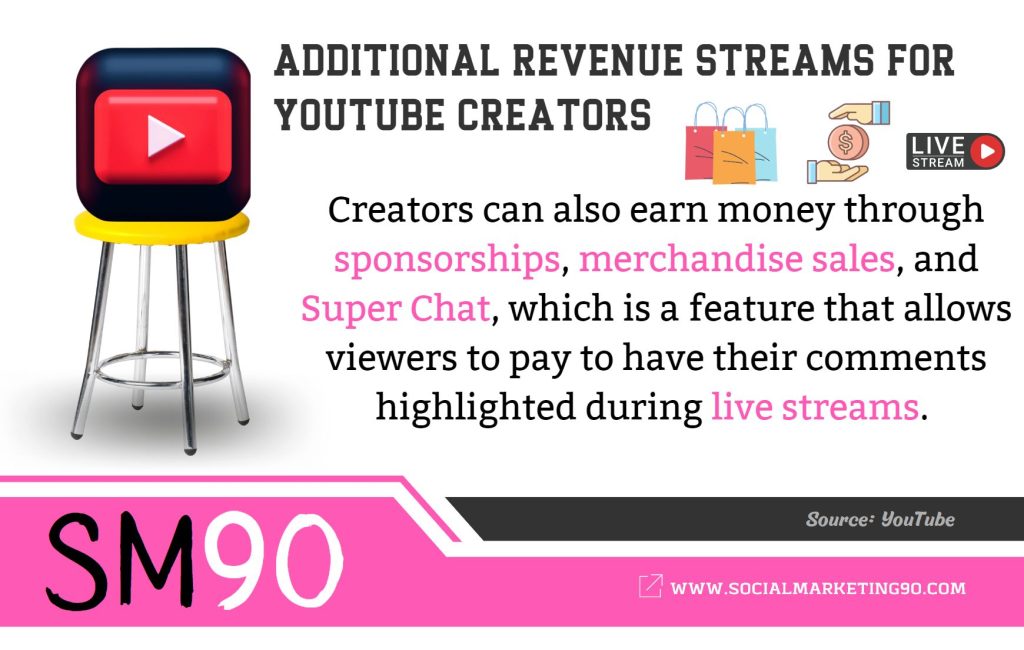
In addition to earning money through ads on their videos, creators on the YPP can earn money through other means such as sponsorships, merchandise sales, membership and the Super Chat feature.
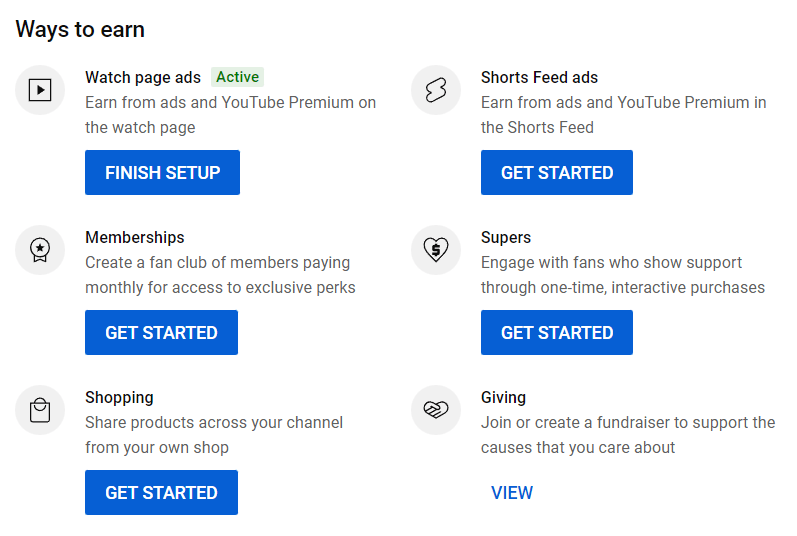
Sponsorships are when a brand pays a creator to feature their products or services in their videos, and this happens privately (meaning YouTube is not involved).
Merchandise sales (or shopping) is when creators sell products related to their brand or channel, such as t-shirts or mugs, to their fans. YouTube allows to easily connect stores such as Shopify.
Super Chat (Supers) is a feature that allows viewers to pay to have their comments highlighted during live streams. When a viewer pays for a Super Chat, their comment will appear at the top of the comments section and stay there for a certain amount of time, making it more likely to be seen by other viewers or the creator.
This feature can help creators to increase their income, and It allows fans to express their support for their favorite creators and highlight their messages in a sea of comments, making it more visible.
Memberships allows creators to set paid subscription tiers where their fans can – by paying a monthly fee – access exclusive content or simply support the channel. It was released after the raising popularity of Patreon.
#6 Creators can access detailed analytics about their channel earnings via YouTube's Creator Studio
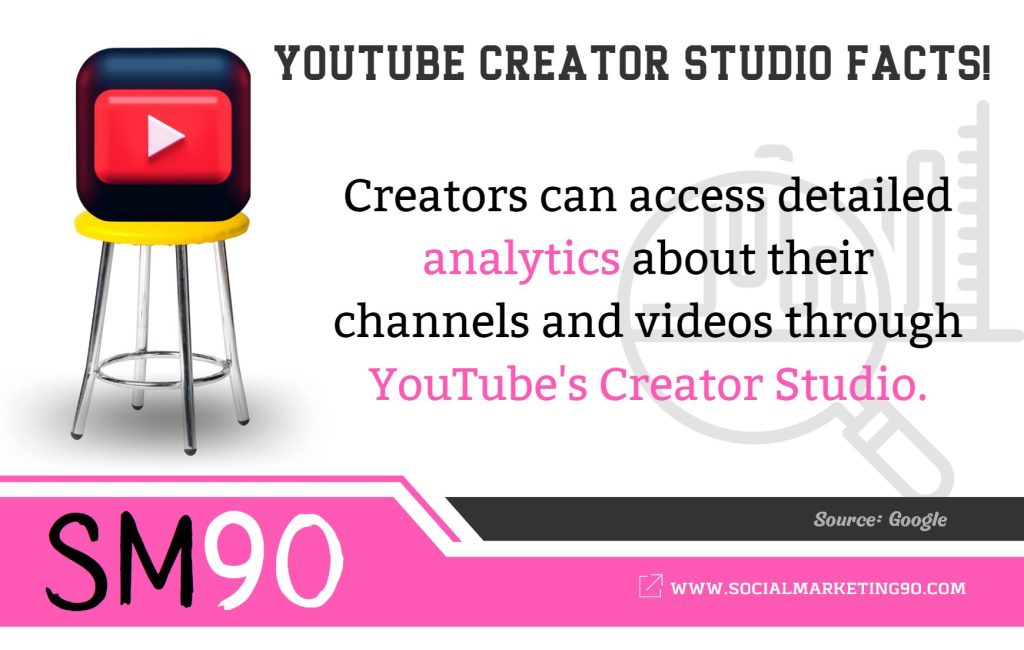
YouTube provides creators with a powerful tool called Creator Studio, which allows them to access detailed analytics about their channels and videos. With Creator Studio, creators can track key metrics such as income (by source), CPM, RPM, and more.


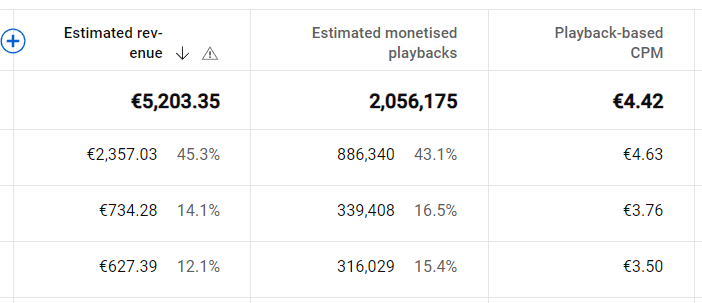
On top of that, other useful metrics such as audience retention are showed: this information can help creators understand how their videos are performing and make data-driven decisions about their content.
All this info not only is interesting, but it will help them optimize their content to make more money.
#7 YouTube also offers a service called YouTube Premium that allows viewers to watch videos ad-free, but creators can earn a share of the revenue from these views
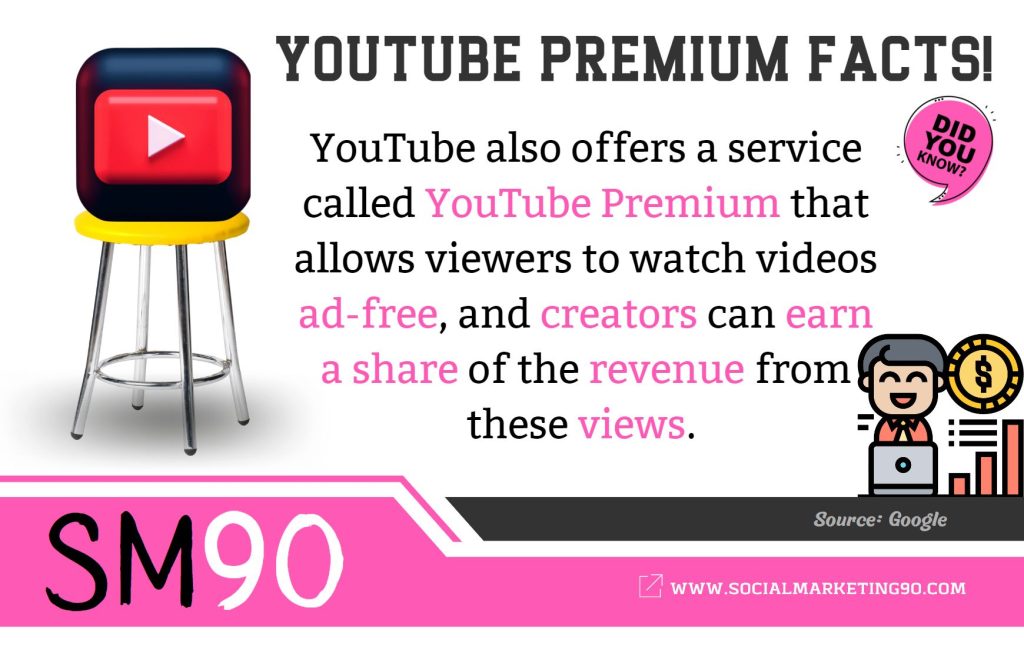
YouTube Premium is a subscription-based service that allows viewers to watch videos on the platform ad-free.
This means that when viewers subscribe to YouTube Premium, they will not see ads when they watch videos on YouTube.
But YouTube creators can earn money from the YouTube Premium service by earning a share of the revenue calculated from views of their videos watched by YouTube Premium subscribers.
This means that even if a viewer doesn’t see ads on a creator’s video, the Creator can still earn money from that view.
#8 Creators can also join the YouTube Partner Program to run a YouTube channel through their organization
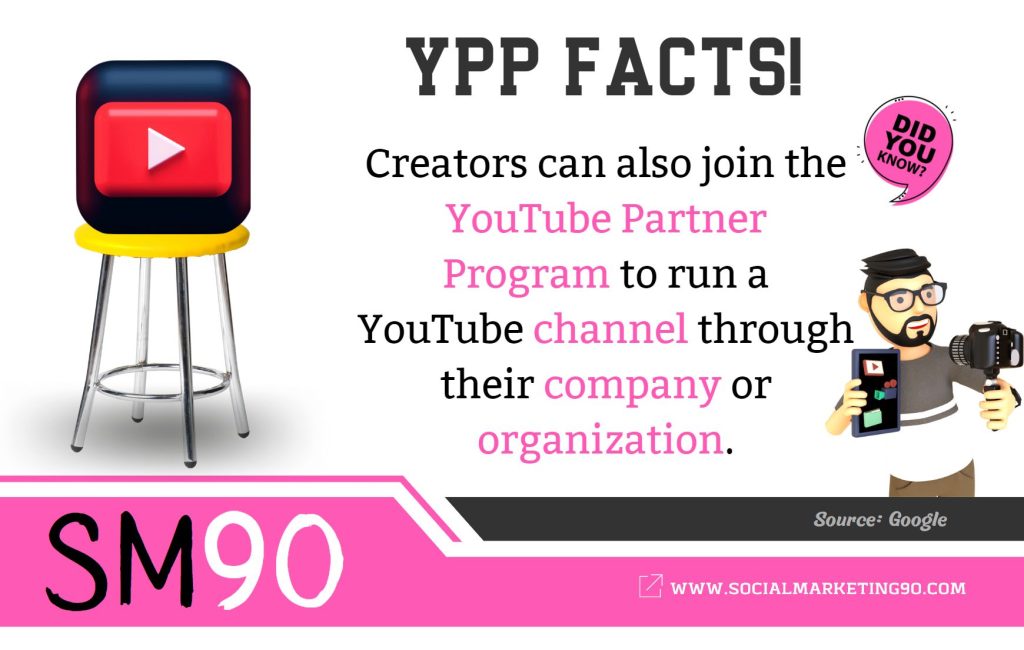
Creators can also choose to join the YPP with their company or organization, allowing them to run their YouTube channel under a business entity.
This can be useful for businesses or organizations that wish to have an official YouTube presence, as it allows them to monetize their content and access YouTube’s various tools for YPP partners.
On top of that, organizations get access to extra tools for organizations, such as content ID, video location selection, and more.
#9 YouTube allows creators to allow only certain advertisers to show ods on their videos through selective monetization features
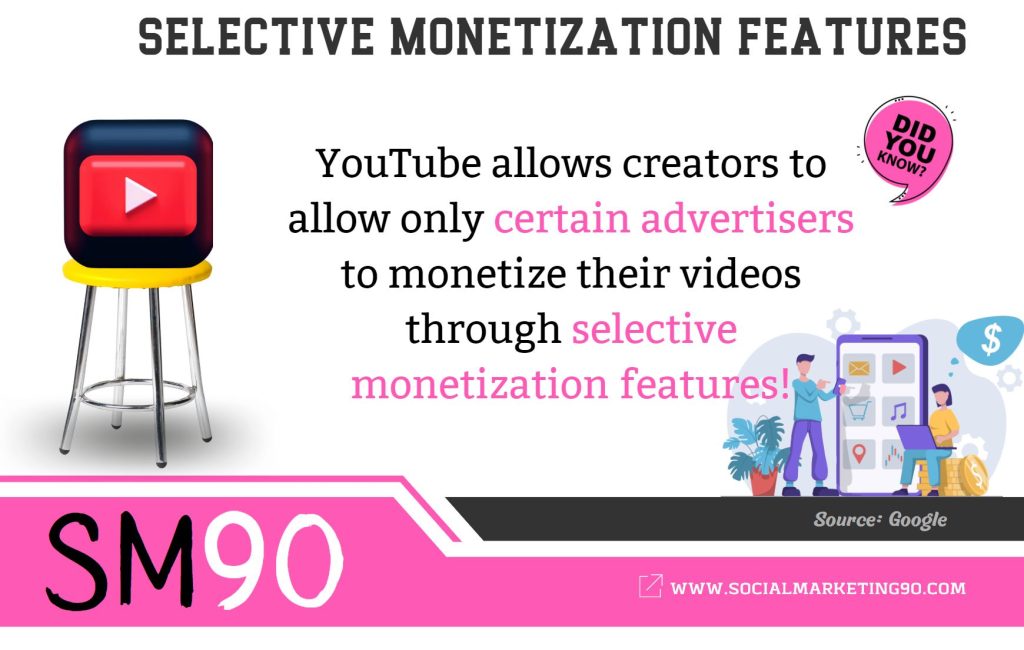
YouTube gives creators more control over the ads that appear on their videos by allowing them to monetize their videos selectively.
This feature enables creators to choose which advertisers can run ads on their videos, which can be helpful for creators who want to ensure that their videos aren’t monetized with ads that they find inappropriate or that conflict with the content of their videos.
This selective monetization feature gives creators more freedom and control over the ads that appear on their channels, but it does not necessarily guarantee an increase in CPM, but rather the opposite.
#10 YouTube also has a Program for Nonprofits that allows them to receive additional benefits like fundraising tools, branded call-to-action overlays, and more
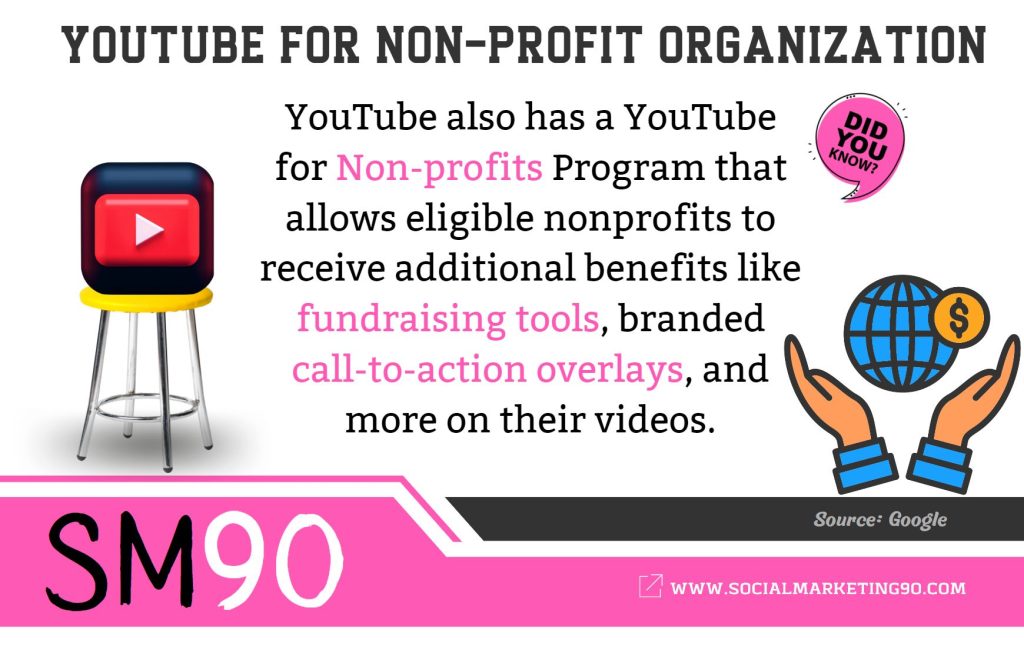
Did you know YouTube also has a program called YouTube for Nonprofits? Yes, It’s specifically tailored to help eligible nonprofit organizations to make the most out of their videos on the platform.
The program provides nonprofits with additional benefits such as fundraising tools, branded call-to-action overlays, and more.
With these tools, nonprofits can more effectively raise funds, raise awareness about their cause and motivate supporters to take action.
A dedicated team of the YouTube for Nonprofits Program also helps nonprofit organizations to use YouTube in the most efficient way to raise funds and awareness.
4 Ways to make money on YouTube (Not Just the YPP!)
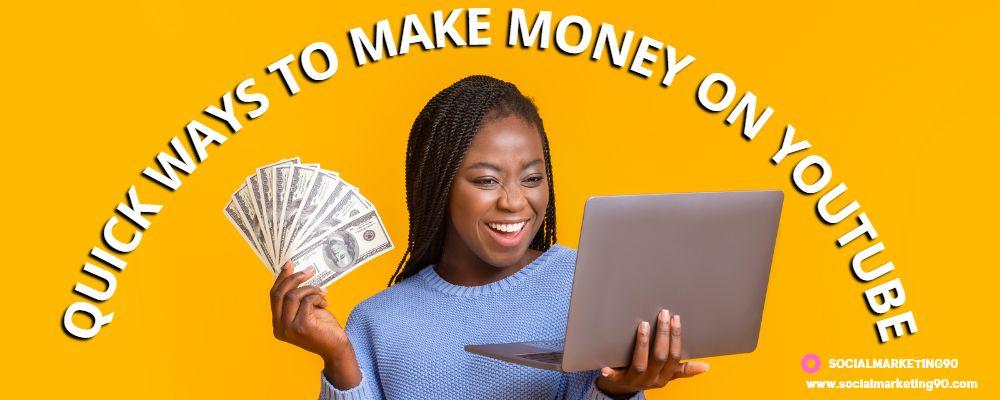
It is important to remember that to make money on YouTube, creators can rely on different methods – not just the YPP.
- Google AdSense (YPP): As we mentioned before, this is the most common and easiest way to monetize your YouTube channel. By signing up for AdSense, you can place ads on your videos and earn money when viewers click them.
- Sponsored content: Partnering with brands to create sponsored content on your YouTube channel can be a great way to monetize your channel. You will be paid to create a video promoting or mentioning the brand’s products or services.
- Affiliate marketing: This involves including affiliate links in your YouTube video descriptions. You earn a commission if someone clicks on the link and then buys something.
- Selling products: You can also sell your own products, such as physical products like books or e-books, digital products like webinars, or services like consultations. Whatever you prefer.
Final Words

YouTube It’s a lucrative business opportunity for content creators and the YPP offers many different ways to make money on the platform.
But making money is not just about being part of the YPP: Creating quality content and engaging with your audience is essential, in order to grow on YouTube and have the algorithm to promote your content.
It is also important to note that monetizing your YouTube channel requires a lot of hard work and dedication, and joining the YPP is only the first, little step.
Lastly, you should always ensure that you follow YouTube’s Terms of Service and copyright laws, else your channel might later get remove from the Program.
With all these big bundles of info, Let us Wrap-up for today! If you have any queries, feel free to ping us in the comment section below. Catch you all in the next article!

